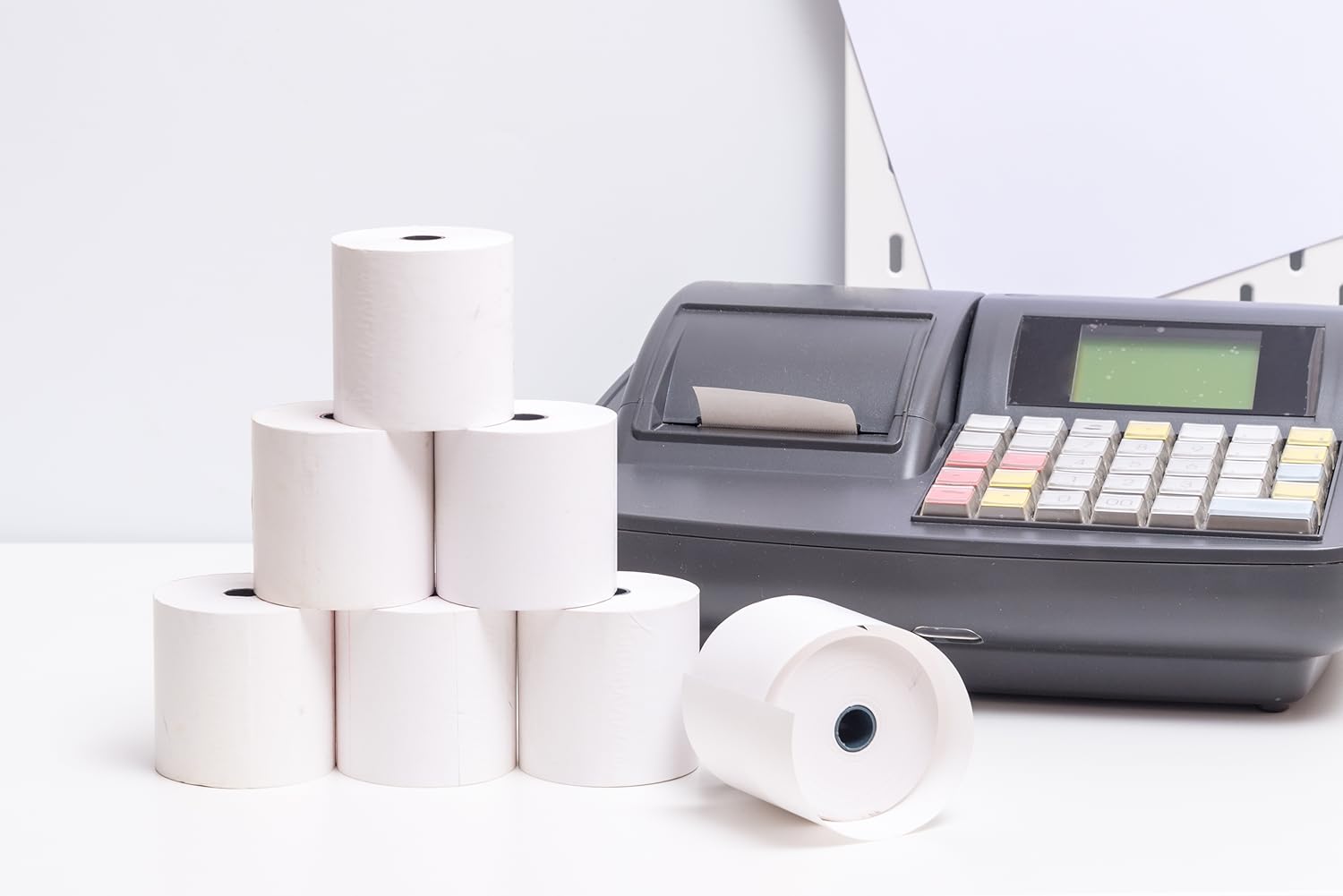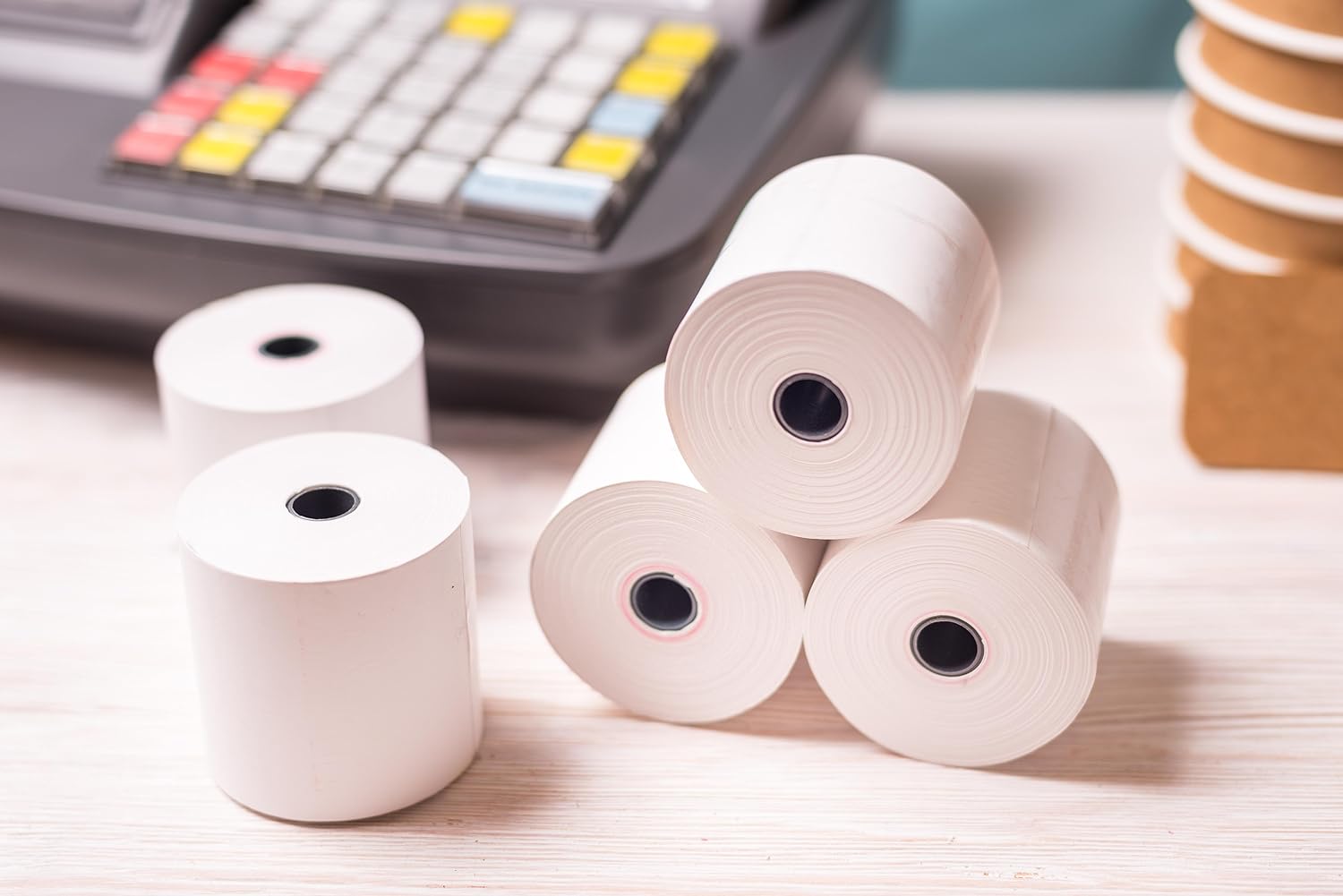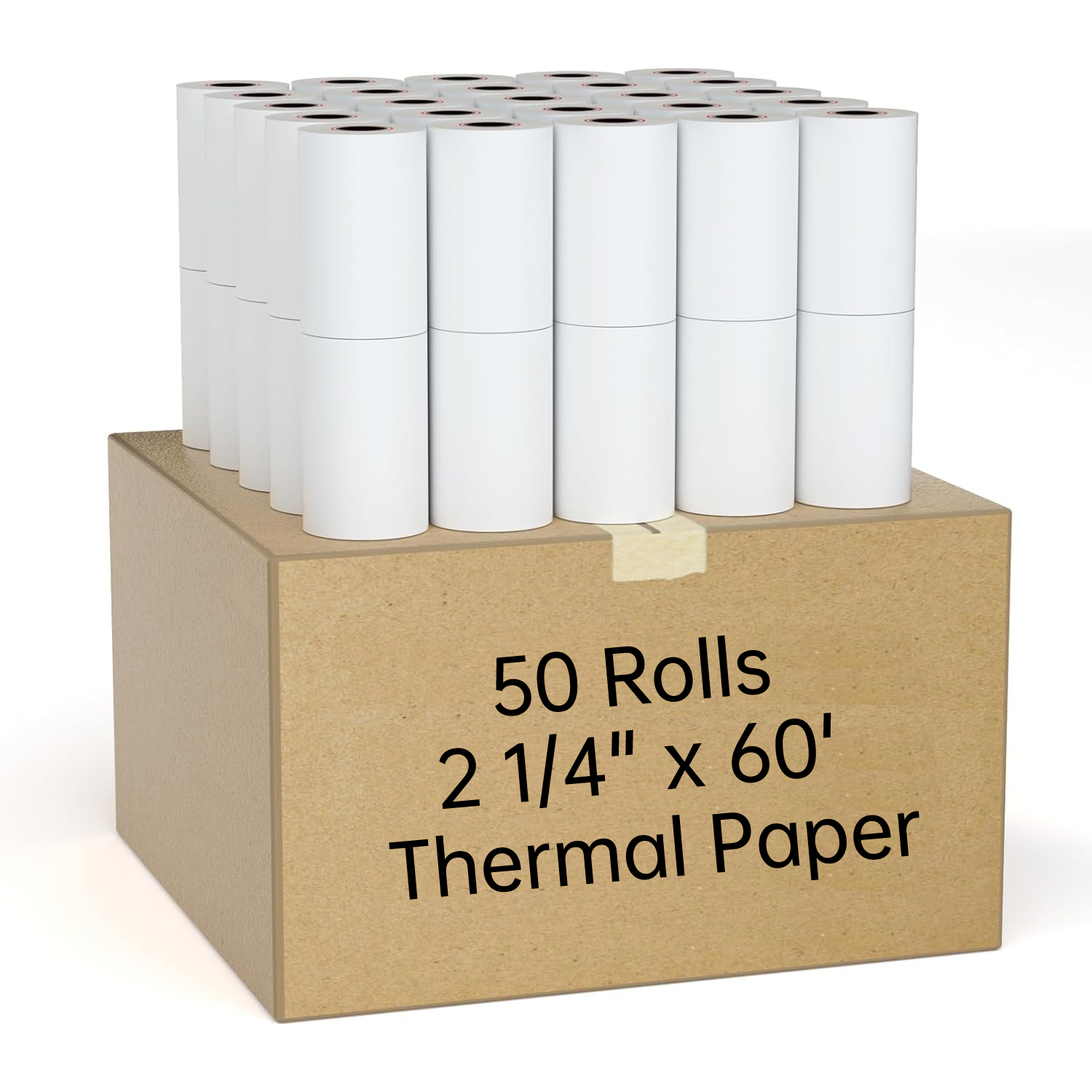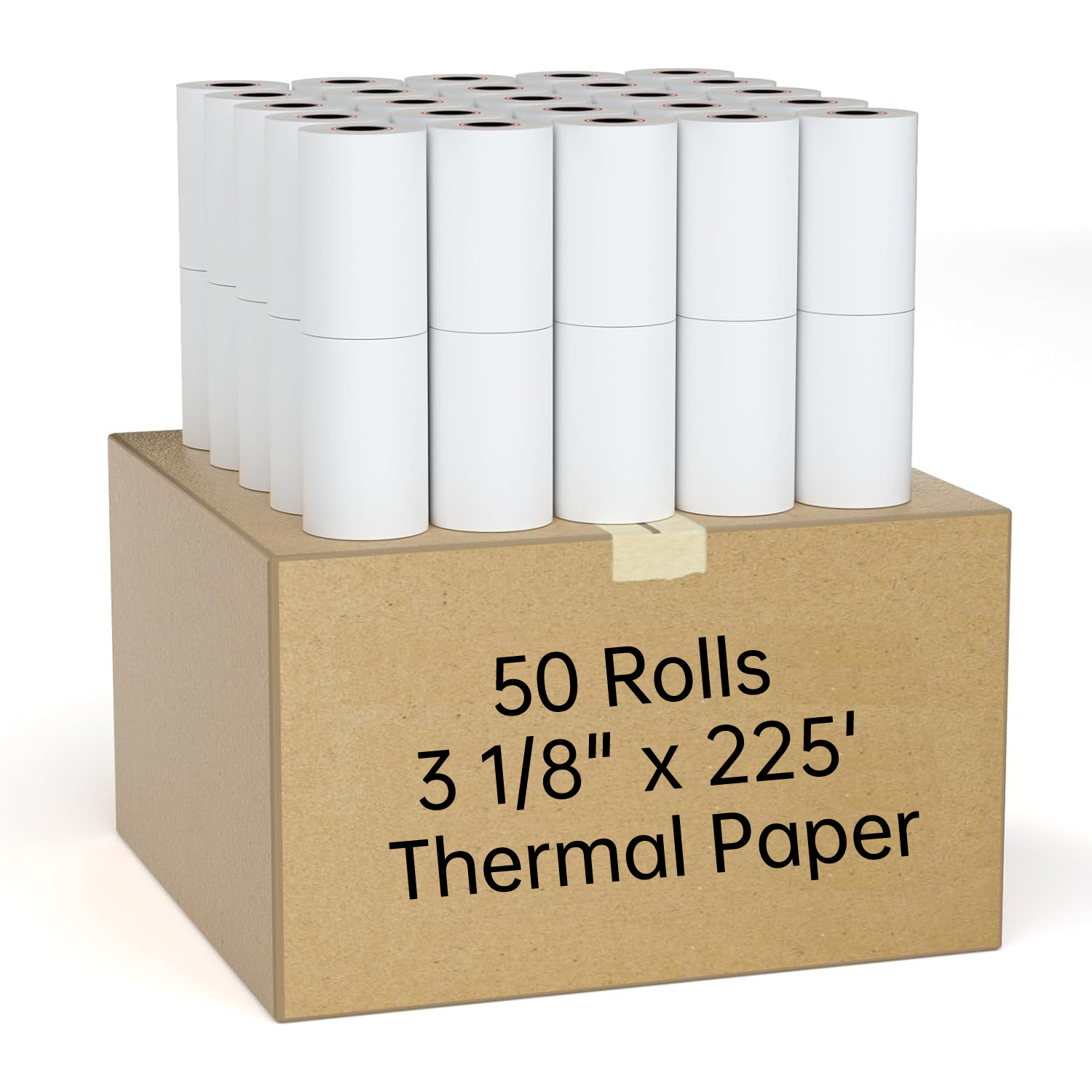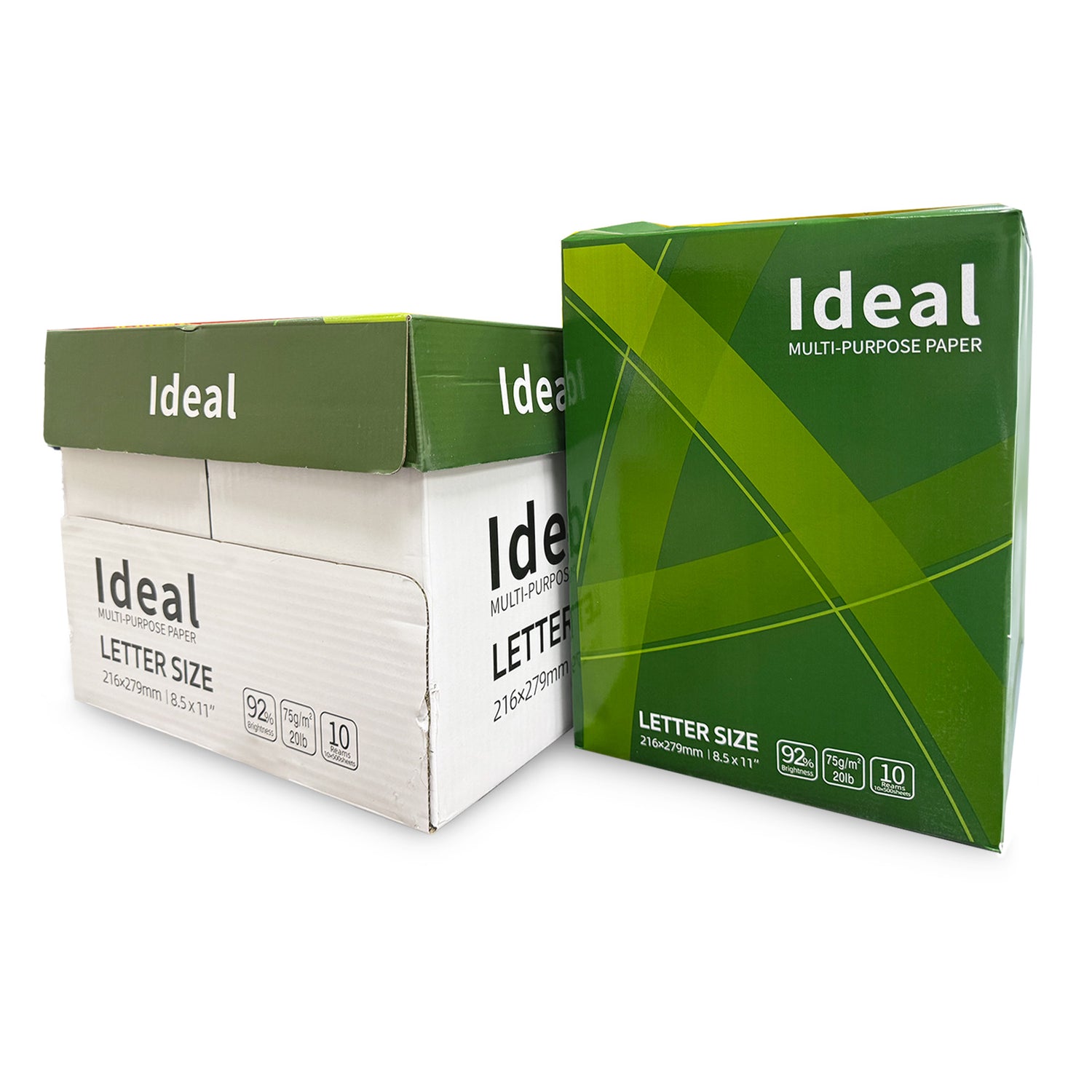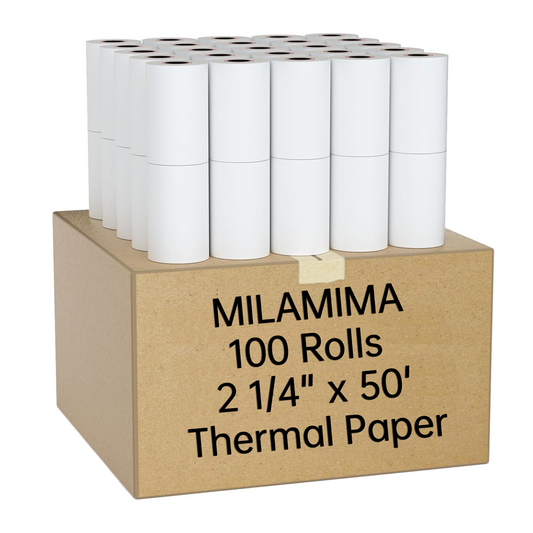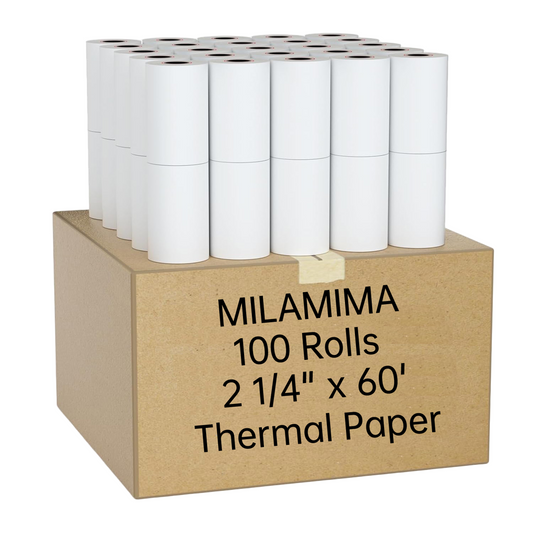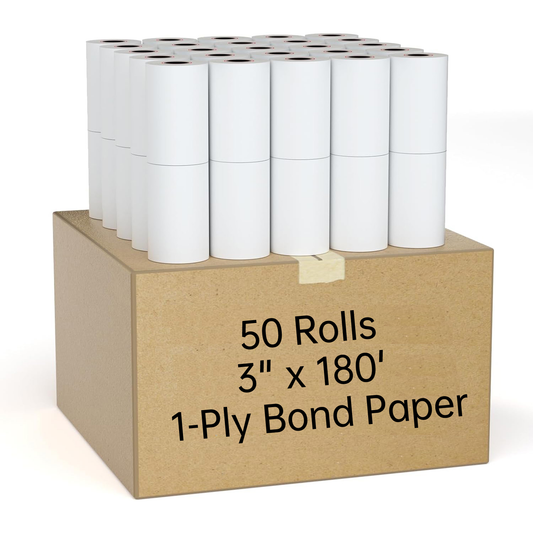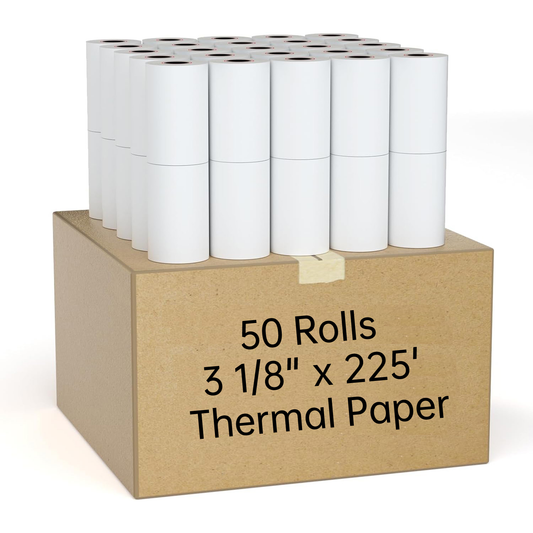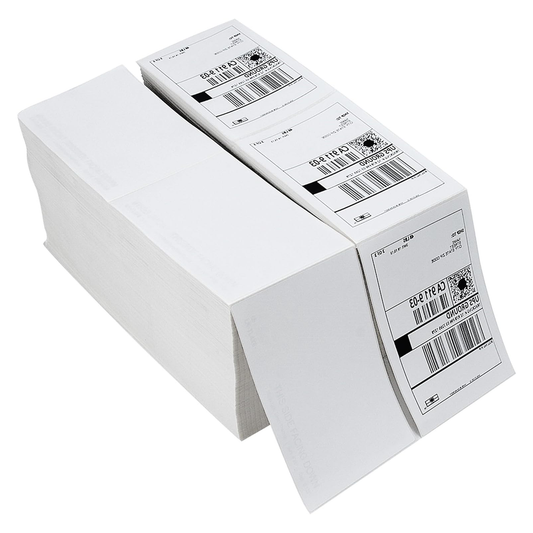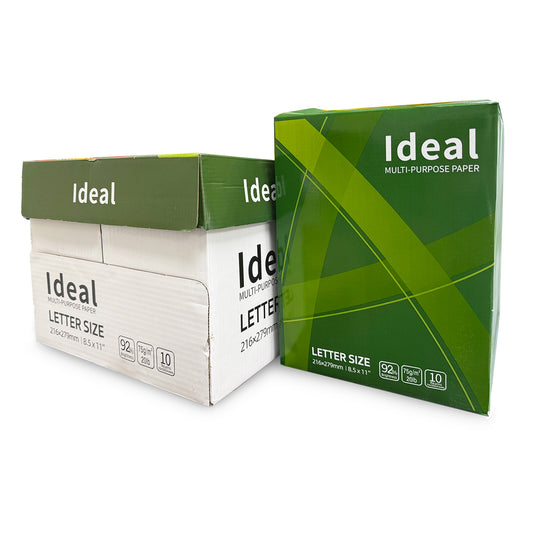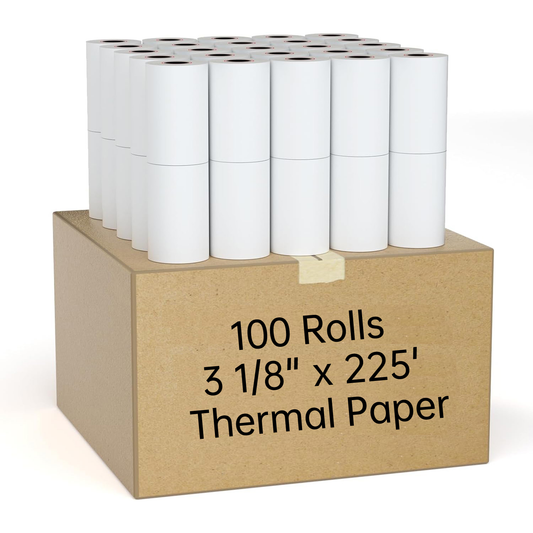Faucets are essential fixtures in our homes, serving various purposes from providing water for cooking and cleaning to enhancing the aesthetics of our bathrooms and kitchens. With numerous types and functionalities available, choosing the right faucet can seem daunting. In this comprehensive guide, we'll explore different faucet types, how to install and maintain them, and tips for troubleshooting common faucet issues.
Types of Faucets
- Kitchen Faucet: A vital component in any kitchen, kitchen faucets come in various styles such as single-handle, pull-down, and touchless, offering convenience and functionality.
- Shower Faucet: Available in single-handle, two-handle, and thermostatic options, shower faucets control the flow and temperature of water, ensuring a comfortable and refreshing shower experience.
- Bathroom Faucet: From widespread to single-hole and wall-mounted, bathroom faucets come in diverse designs to complement different sink styles and décor preferences.
- Outdoor Faucet: Also known as a hose bib or spigot, outdoor faucets provide water for gardening, washing cars, and other outdoor activities. They need to withstand varying weather conditions and potential freezing temperatures.
- Bathtub Faucet: Bathtub faucets can be wall-mounted or deck-mounted and are available in various configurations such as single-handle, two-handle, and freestanding, offering versatility and style options.
- Utility Sink Faucet: Designed for laundry rooms and utility sinks, utility sink faucets are durable and feature high clearance to accommodate large objects for easy cleaning.
Installation and Maintenance Tips
- Pre-Installation Preparation: Gather necessary tools and materials, shut off water supply, and clean the installation area before beginning faucet installation.
- Follow Manufacturer Instructions: Adhere to the manufacturer's guidelines for proper installation to ensure optimal performance and longevity of the faucet.
- Regular Cleaning: Clean faucets regularly with mild soap and water to remove dirt, grime, and mineral deposits, preserving their appearance and functionality.
- Address Leaks Promptly: Fix leaky faucets promptly to prevent water wastage and potential water damage to surrounding areas.
- Replace Worn Parts: Replace worn-out faucet parts such as washers, O-rings, and cartridges to maintain smooth operation and prevent leaks.
- Inspect for Damage: Periodically inspect faucets for signs of damage or wear and tear, addressing any issues promptly to prevent further damage and costly repairs.
- Winterization for Outdoor Faucets: Protect outdoor faucets from freezing temperatures by insulating them or using frost-free faucets designed to prevent freezing.
Troubleshooting Common Faucet Issues
- Low Water Pressure: Check for clogged aerators or debris in the faucet's supply lines and clean or replace them as needed.
- Leaks: Inspect faucet connections, handles, and spouts for leaks and tighten connections or replace faulty parts to stop leaks.
- Dripping Faucets: Replace worn-out washers, O-rings, or cartridges to stop faucet drips and conserve water.
- Noisy Faucets: Lubricate faucet components such as handles and cartridges to reduce noise caused by friction.
- Sprayer Malfunction: Check for clogs in the sprayer nozzle or hose and clean or replace them to restore proper sprayer function.
By understanding the different types of faucets, following proper installation and maintenance practices, and addressing common faucet issues promptly, you can ensure your faucets remain functional, efficient, and aesthetically pleasing for years to come.

